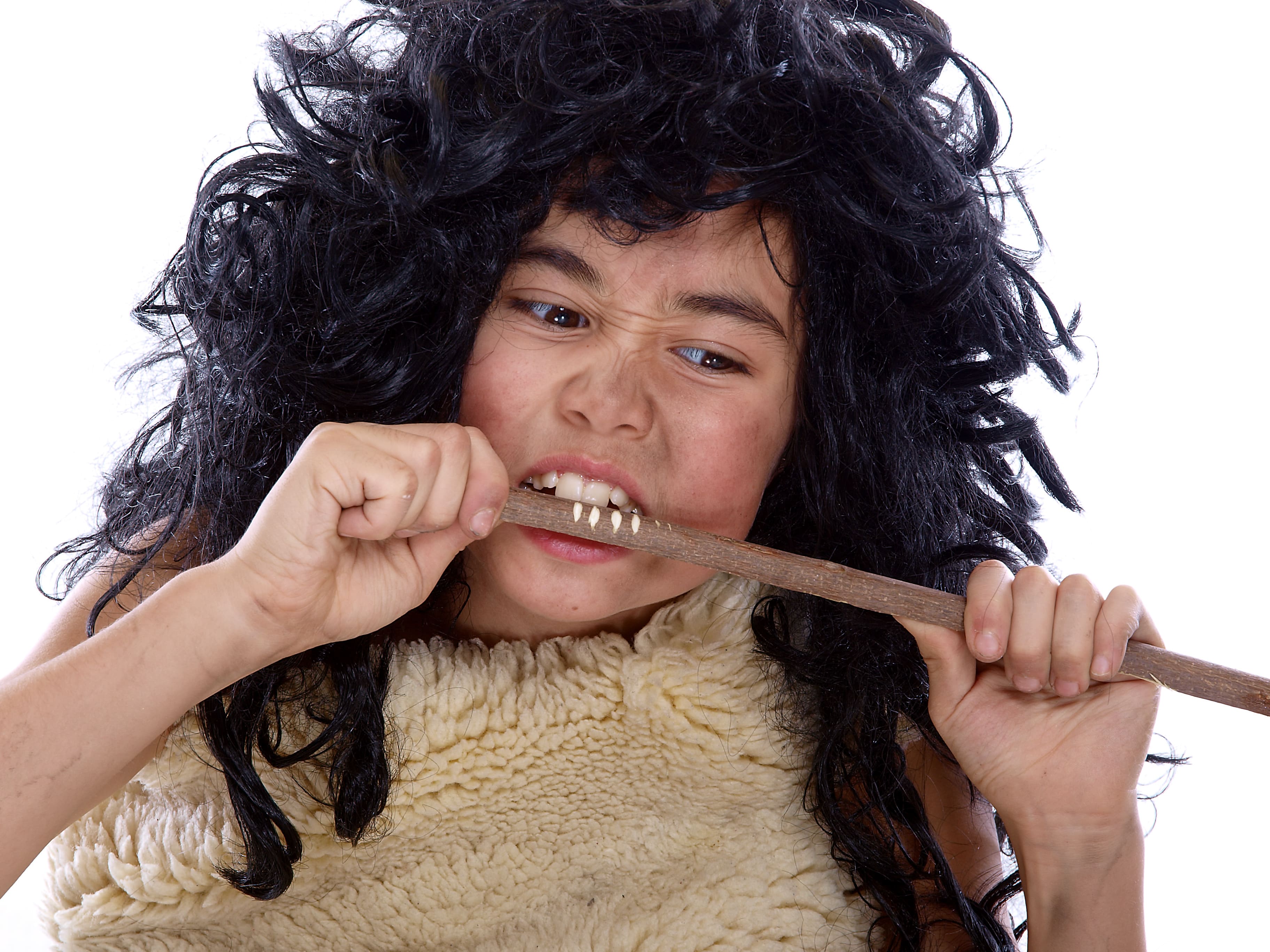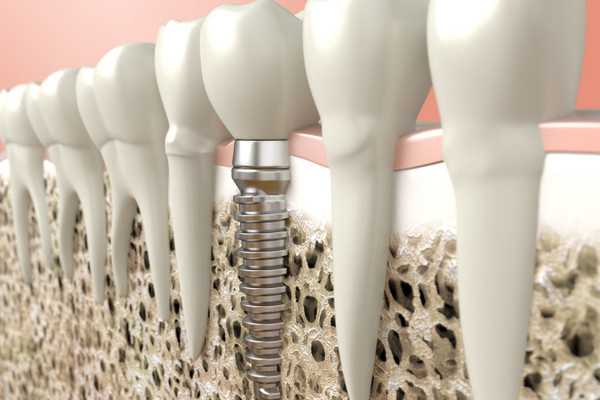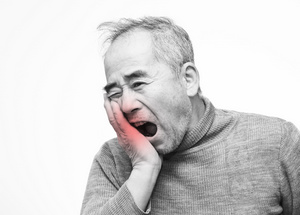
Have you ever thought about where we would be without modern medicine? For instance, a bad leg break would be lethal. People would still be dying from the plague.
Simple infections would be lethal. Antibiotics like Penicillin would be out of the question. And, of course, local anesthetics for dentistry wouldn’t exist.
Living in prehistoric times meant harsh conditions and painful dentistry. If you remember, cavities weren’t that prevalent in prehistoric people. During the late Paleolithic era, there were rare instances of cavities in prehistoric people.
During the late Paleolithic era, there wasn’t a lot of oral hygiene going on. People would use “toothpicks” from flexible pieces of wood or bone to remove food between teeth. Researchers were able to find this out by studying the remains, and finding grooves left in between teeth.
After the Neolithic period and entering the Paleolithic era, people started eating diets with carbohydrates. With the introduction of carbs came more cavities, because bacteria in the mouth converts carbohydrates into enamel eating acid.
Dentistry is a fairly new concept. Early humans didn’t know what cavities were. They just knew their teeth hurt, and they needed to figure out ways to make it stop.
Paleolithic Drilling
A new finding of a tooth that’s 14,000 years old might be the oldest example of dentistry. A study by the University of Bologna in Italy found a tooth with “enamel chipping” around a cavity.
Much like the modern drilling of a cavity, the molar’s enamel was chipped away.
Beyond being tooth breaking, the study is also pretty ground breaking. It shows that the people during the Paleolithic era had some working knowledge on how to treat cavities.
Like most ancient populations, the “Paleolithic period” used rocks as tools. By replicating the condition of the tooth, they experimented to find the tooth was worked on with a flat sharpened piece of flint. Nowadays, dentists use a high tech drill to excavate cavities.
During the Paleolithic period, all they had was sharp rocks. They certainly didn’t use sterile rocks or novocaine.
Avoiding the Drill
Have you had the novacaine wear off, while your dentist was drilling a cavity? If you have, then you can sort of relate to the pain of having a your cavity drilled during the Paleolithic era.
Aren’t you glad you were born in the age of modern medicine and not the Paleolithic period? While counting this blessing, you can also implement the knowledge we have on tooth decay to avoid cavities.
For one, you can cut back on the carbohydrates. Modern society eats a lot more carbohydrates than is healthy for our bodies. When you’re in a hurry for quick energy, it’s easy to go through a drive thru for a burger and fries.
Well, hamburger buns and fries are LOADED with carbohydrates. The gooey nature of processed breads stick to the pits in your molars, forming a bed of food for bacteria to feast on.
You can also combat tooth decay by brushing and flossing regularly, emphasis on the flossing. Floss removes food that gets stuck between your teeth. While modern dentistry doesn’t cause a lot of pain, it’s better to keep your teeth in tact to avoid the drill.




